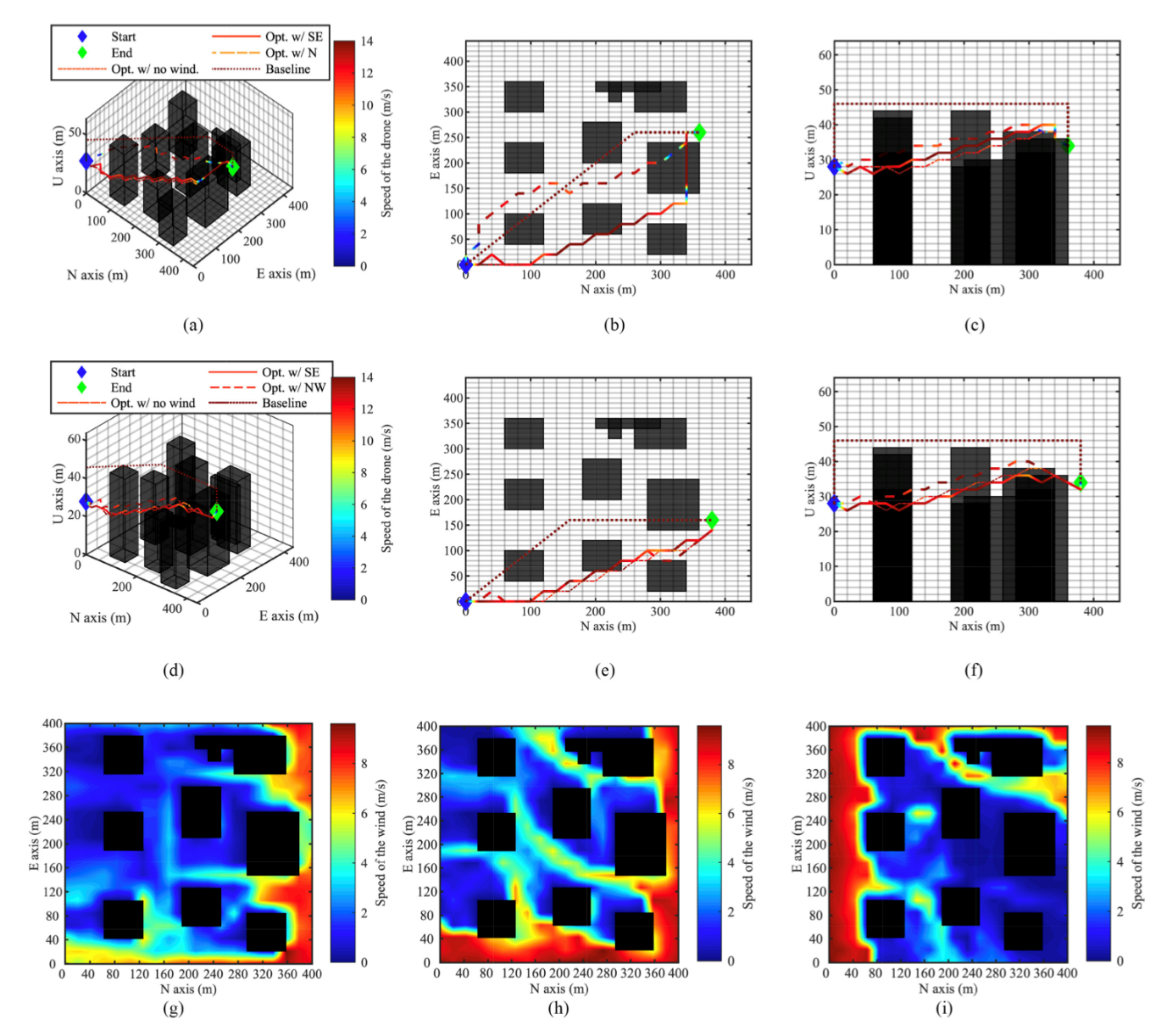abstract
Rotary unmanned aerial vehicles (UAVs), also known as drones, have various advantages, yet their actual applications are limited owing to their flight range. However, increasing the flight range by enhancing the hardware is a challenging task. In this study, we introduce the first step of systematic drone low-power optimization based on the framework of electronic design automation (EDA). We attempt drone power management without in-depth knowledge of aerodynamics and control theory. Instead, we introduce a novel power model of drones using physical parameters that can affect power consumption, such as the three-axis velocity and acceleration, drone height, wind velocity, and the weight and volume of payloads. We detail the experimental setup, power modeling, accuracy verification, and optimization for minimum energy paths. We achieved over 90% accuracy in power modeling without depending on aerodynamics. The proposed approach shows the feasibility of energy-aware rotary UAV flight trajectory optimization considering the external forces affecting drones such as wind. The proposed method presents up to 24.01% energy saving through path changes considering external forces.
